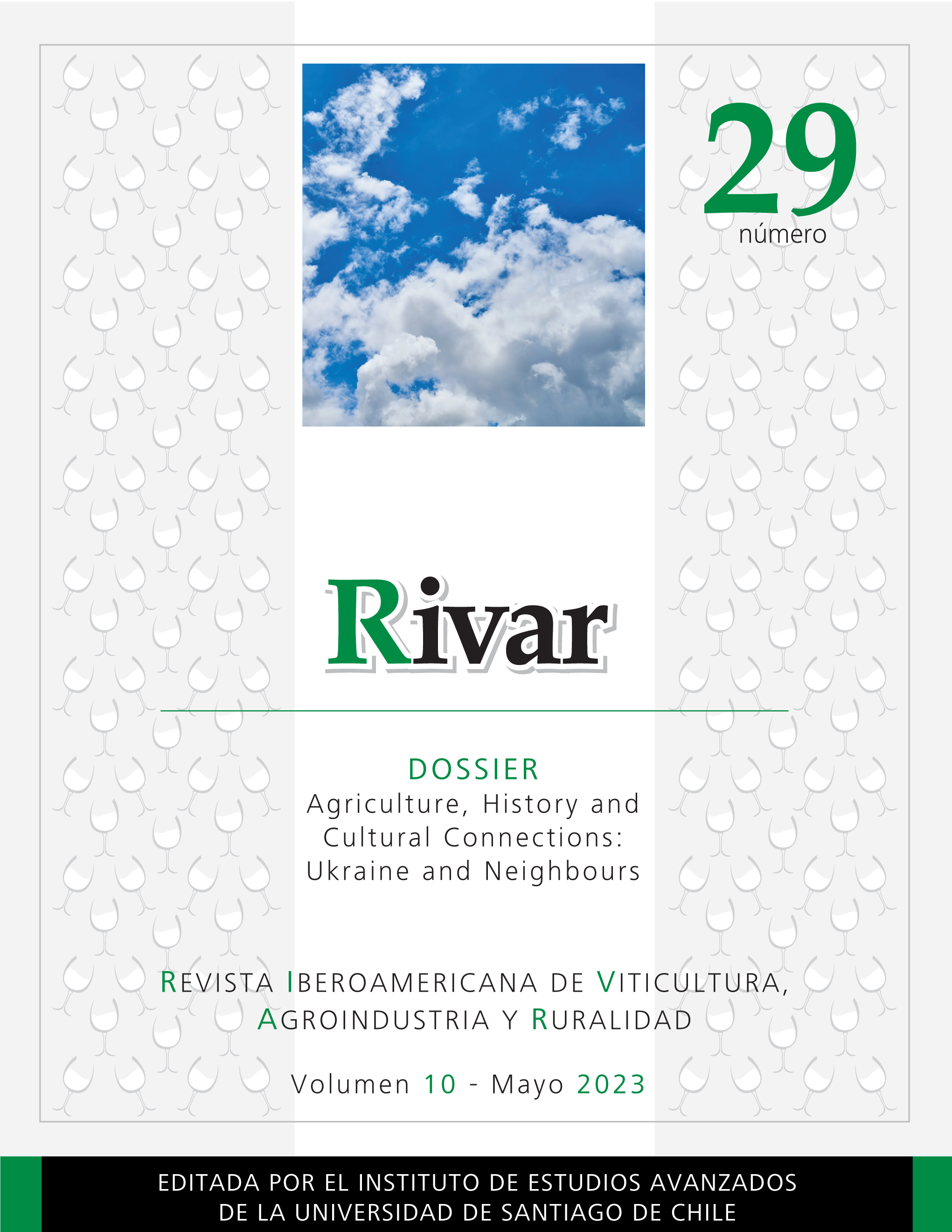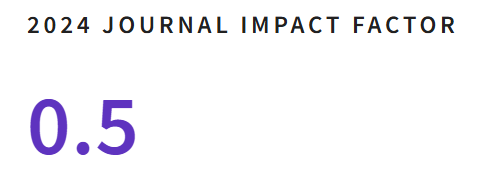Topical Symbols of Kyiv as a Tourism Brand
DOI:
https://doi.org/10.35588/rivar.v10i29.5755Palabras clave:
recreación, identidad, marca de lugar, espacios verdesResumen
The attention to branding, from theorists as well as from practitioners, had remained at a very high level for the 2000s and 2010s. Many new branches of branding theory have emerged, and place branding was among them. Actually, place branding has become an umbrella term, a generic definition for three areas of study and practice: nation branding, region branding, and city branding. Every year, new scientific, journalistic, business articles, and books on place branding emerge, there are even several specialized periodicals devoted to this field of branding. This study aims to identify the most relevant and effective symbol of the Ukrainian capital city Kyiv as a tourism brand. Questionnaire surveys and the content analysis of literature and mass media are used. Key segments and sub-segments of the target audience of Kyiv tourism branding are determined, as well as the key factor of influence on the formation of the opinion regarding the tourism symbols of Kyiv. The most common popular symbol is compared with the real resources of the city. Thus, a set of relevances is found appropriate for the development of effective branding of Kyiv.
Descargas
Referencias
Adme.ua (2012). “New Logo of Kyiv. The Option from the Company Fedorov.” In http://www.adme.ua/logotip/novyj-logotip-kieva-variant-ot-kompanii-fedorova-karandashdesignbureau-82505 (accessed 04/20/2023).
Almeyda-Ibáñez, M. and Babu, G.P. (2017). “Place Branding in Tourism: A Review of Theoretical Approaches and Management Practices.” Tourism & Management Studies 13(4): 10-19. DOI https://doi.org/10.18089/tms.2017.13402
Anholt, S. (2010). Places: Identity, Image and Reputation. London, Palgrave Macmillan.
Ashworth, G. and Voogd, H. (1990). Selling the City: Marketing Approaches in Public Sector Urban Planning. London, Belhaven Press.
Auanasova, A.; Ayagan, B. and Nurpeisov, E. (2019). “Bases and Legal Status of State Symbols of Kazakhstan: Histocal and Legal Discourse.” Istoriya, 10(1).
Bigmirnet (2017). “Rating by Media Group and Periodicals.” In http://top.bigmir.net/show/mass_media/?u=9&t2=0&o=h (accessed 04/04/2023).
Braun, E.; Kavaratzis, M. and Zenker, S. (2013). “My City – My Brand: The Different Roles of Residents in Place Branding.” Journal of Place Management and Development 6(1): 18-28. DOI https://doi.org/10.1108/17538331311306087
Dinnie, K. (2015). Nation Branding: Concepts, Issues, Practice. London, Routledge.
Fedorchenko, V.K. and Fedorchenko, N.V. (2020). “Fostering Legal Culture in Tourism Specialists.” Journal of the National Academy of Legal Sciences of Ukraine 27(1): 58-70. DOI https://doi.org/10.37635/jnalsu.27(1).2020.58-70
Galchenko, S. (2011). “Kyiv Cake Appeared Due to a Cook Error.” In http://www.segodnya.ua/life/food/Kyivckij-tort-pojavilcja-iz-za-oshibki-povara.html (accessed 05/15/2022).
Gilmore, F. (2002). “A Country – Can it be Repositioned? Spain – The Success Story of Country Branding.” Journal of Brand Management 9(4/5): 281-293. DOI https://doi.org/10.1057/palgrave.bm.2540078
Kalnickij, M. (2009). “Our Heraldic Affairs.” Kyiv Live Journal. Kyiv.
Kavaratzis, M.; Warnaby, G. and Ashworth, G.J. (eds.). (2015). Rethinking Place Branding: Comprehensive Brand Development for Cities and Regions. New York, Springer International Publishing. DOI https://doi.org/10.1007/978-3-319-12424-7
Kotler, P.; Haider, D. and Rein, I. (1993). Marketing Places: Attracting Investment, Industry, and Tourism to Cities, States and Nations. New York, Free Press.
Koval, V. (2017). “A Key Segment of the Target Audience in the Theory and Practice of City Branding.” Integrated Communications 3: 70-76. DOI https://doi.org/10.28925/2524-2644.2017.3.15
Kyiv City Administration (2017). “The Development Strategy of the City of Kyiv Until 2025 in the New Edition.” Department of Economy and Investments of the Executive Body of Kyiv City Council. Kyiv.
Main Department of Statistics in Kyiv City (2016). “Higher Educational Institutes.” In http://www.Kyiv.ukrstat.gov.ua/p.php3?c=532&lang=1 (accessed 04/20/2023).
Official Portal of Kyiv (2018). “Olexiy Reznikov: ‘In 2017, almost 1.1 million more tourists Kyiv visited than in 2016.’” In https://kyivcity.gov.ua/news/oleksiy_reznikov_u_2017_rotsi_kiv_vidvidalo_mayzhe_na_11_mln_bilshe_turistiv_nizh_u_2016.html (accessed 04/20/2023).
Philipp GÄrtner Blog (2017). “European Capital Greenness Evaluation.” (2017). In https://philippgaertner.github.io/2017/10/european-capital-greenness-evaluation (accessed 04/04/2023).
Rating Group (2017). “All-Ukrainian Municipal Poll.” In http://ratinggroup.ua/ru/research/regions/vseukrainskiy_municipalnyy_opros.html (accessed 04/04/2023).
Segodnya (2018). “In Kyiv, Bronze Chestnut Emerged on the Wall of the KSCA.” Segodnya. Kyiv.
State Final Attestation (2014). “Ukrainian Language. Grade 9. Dictation. Our Legends, Symbols and Amulets.” Kyiv Chestnuts. Kyiv.
Tanklevska; N.; Petrenko, V.; Karnaushenko, A.; Yarmolenko, V. and Kostiuk, T. (2021). “Improving the Process of the Financial Potential Management of Tourism Enterprises.” In Alareeni, B.; Hamdan, A. and Elgedawy, I. (eds.). In the Context of Economic Diversity in Developing Countries. ICBT 2020. Lecture Notes in Networks and Systems. Vol 194. Springer, Cham: 679-701. DOI https://doi.org/10.1007/978-3-030-69221-6_52
Ukrinform (2018). “Foreign Tourists Stay a Week in Kyiv and Spend $150 a Day.” (2018). Ukrinform. Kyiv.
Vizgalov, D.V. (2011). City Branding. Moscow, Institute of City Economy.









